On July 26 of this year, UAV manufacturer SiFly set the Guinness World Record for the longest electric drone flight in its class. At Amaral Ranches in California's Salinas Valley, the SiFly team flew its Q12 long-endurance drone for 3 hours, 11 minutes, and 53 seconds, breaking the previous world record by almost one hour.
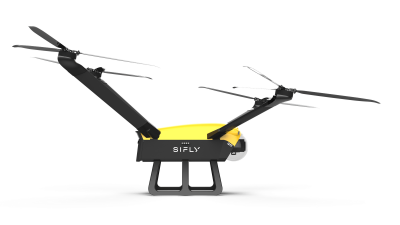
For SiFly, the achievement was not only the culmination of years of work by the company’s dedicated team—it pointed the way to longer, more complex, and more effective UAV operations in fields such as surveying, inspections, public safety, and agriculture.
“This milestone is especially meaningful because it exemplifies all the work that has gone into the creation of a new class of drones, unlocking missions that were previously out of reach,” SiFly Founder & Chief Executive Officer Brian Hinman said. “With flight performance 4 to 5 times longer than most multirotor drones, we’re redefining what’s possible in the industry.”
SiFly Chief Business Officer Logan Jones also told Commercial UAV News that this four-year-old firm has been conducting flight tests “for well over two years” before the record-setting event. This long test period gave his team confidence in their ability to break the record. However, he stated, his team was committed to “third-party validation”—in this case, the Guiness Book of World Records—to bring credibility to the accomplishment
Third-Party Validation
“There's always a level of disbelief or skepticism in the market,” Jones said. “So, we used third-party validation to say, ‘Don't believe us. Believe an independent source.’” The Guinness World Record team “has a very stringent recipe for what exactly has to get done in order for them to certify a milestone,” Jones reported. “I never appreciated the level of discipline that goes into breaking and validating a record.”
The July 26 flight for the Guiness team went “exactly as planned,” Jones said. “I don't know if you'd call that anti-climactic, but we had broken the record multiple times, and that day was really about collecting the evidence of breaking it,” he stated. “For me, the most rewarding thing was seeing it through the lens of those visitors, guests, and employees that were there because it really represents the output of all their efforts.”
An Alternative to Helicopters
With the record in their pocket, the SiFly team is now looking to find ways to use the Q12’s extended flight capability to help their customers. For Jones, longer UAV operations will help clients who currently use (or wish to use) helicopters achieve improvements in cost, efficiency, and safety.
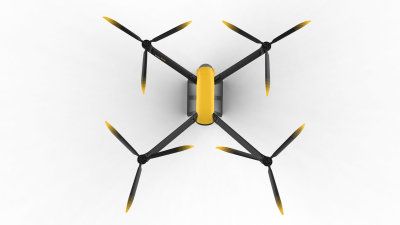
“It’s very clear that many of our customers would actually prefer a helicopter, but they can't afford the maintenance costs and the acquisition costs, and there are pilot limitations,” Jones said. “And, when you dig into the data on light helicopters, the top end of those missions is two hours. So for us, the focus from day one was to exceed two hours on a single battery charge for a mission, and that would be in either hover conditions, just sitting and hovering for two hours, which we've done, or forward flight, which gives you the benefits of lift and aerodynamics.”
SiFly sees its Q12 drone as a viable alternative to helicopters for several reasons. In addition to its record-breaking flight time, the vehicle can fly 90 miles, carry a 10-pound payload, and hit a top speed of 100 mph. Also, the Q12 boasts 5G connectivity and an IP55 weather rating.
“We rearchitected the multirotor drone from the bottom up to get this kind of performance, so it was exciting to see it in action,” Hinman said. “We optimized the system for forward flight, enabling fixed wing aircraft level efficiency and range while at the same time enabling the flexibility of a multirotor system through our low disk loading design for hours of hover capability. This combination makes our Q12 system a strong fit for nearly any use case whether long range or long endurance.”
“The Q12 represents what we feel is about 70% of the capability of a light helicopter,” stated Jones. “Also, for a traditional aviation program like a light helicopter, the costs are somewhere between $600 and $1,000 per flight hour. And if you buy a new asset, it's well over a million dollars, then you have a ton of maintenance on top of that.”
Inspections, Farming, and Public Safety
Drilling down by application, Jones explained the advantages of SiFly’s drone. For projects like utilities inspections, Jones said, the long-range capabilities of the Q12 give it a clear advantage over helicopters. “With inspections, every minute you're in the air is another data point collected, and that reduces the cost of data acquisition,” he said.
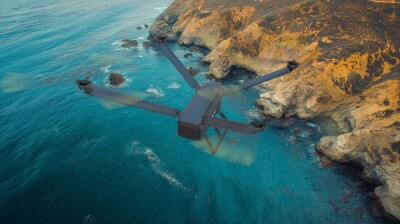
For drone operators in the agriculture sector, the cost-efficiencies offered by the Q12 make it an attractive option. “In agriculture, we’ve seen that one of the limitations of adoption is the price per acre for data collected,” Jones explained. With the Q12, he said, farmers “need fewer people, fewer batteries, and that makes it more productive logistically, because it drops the cost per acre down to a level that people are comfortable.”
The long-flying, low-cost Q12 is also appealing to public safety professionals. In fact, Jones stated that “public safety is probably the hottest market” for the drone, “and it's because all programs, all agencies want a helicopter, but they either can't afford it, or they can't afford to scale their operations.” For these critical operations, the Q12 is a low-cost, high-efficiency alternative.
Looking ahead
Helping customers in fields like public safety, agriculture, and inspections is a priority for SiFly, but the company is also focused on the new goals. For example, Jones said that company may try to extend their flight time record. “Next year, I think we’ll be able to go four hours, and we may be able to beat the distance record,” he stated.
What’s the purpose of extending these records? “You have to engage regulators to make it OK to set these records,” Jones explained, “and for that, you have to have a reliable, robust system to navigate across complex air spaces and different weather conditions.” Meeting the requirements of regulators while demonstrating that your vehicle can fly long and far and do it safely is a great way to address the needs of the market, Jones said.
“Going up in capability is really where the market wants you to go because you’re showing that you have a very direct replacement for a helicopter and a direct replacement for trucks or people doing jobs,” he stated. “You're impacting the mission.”


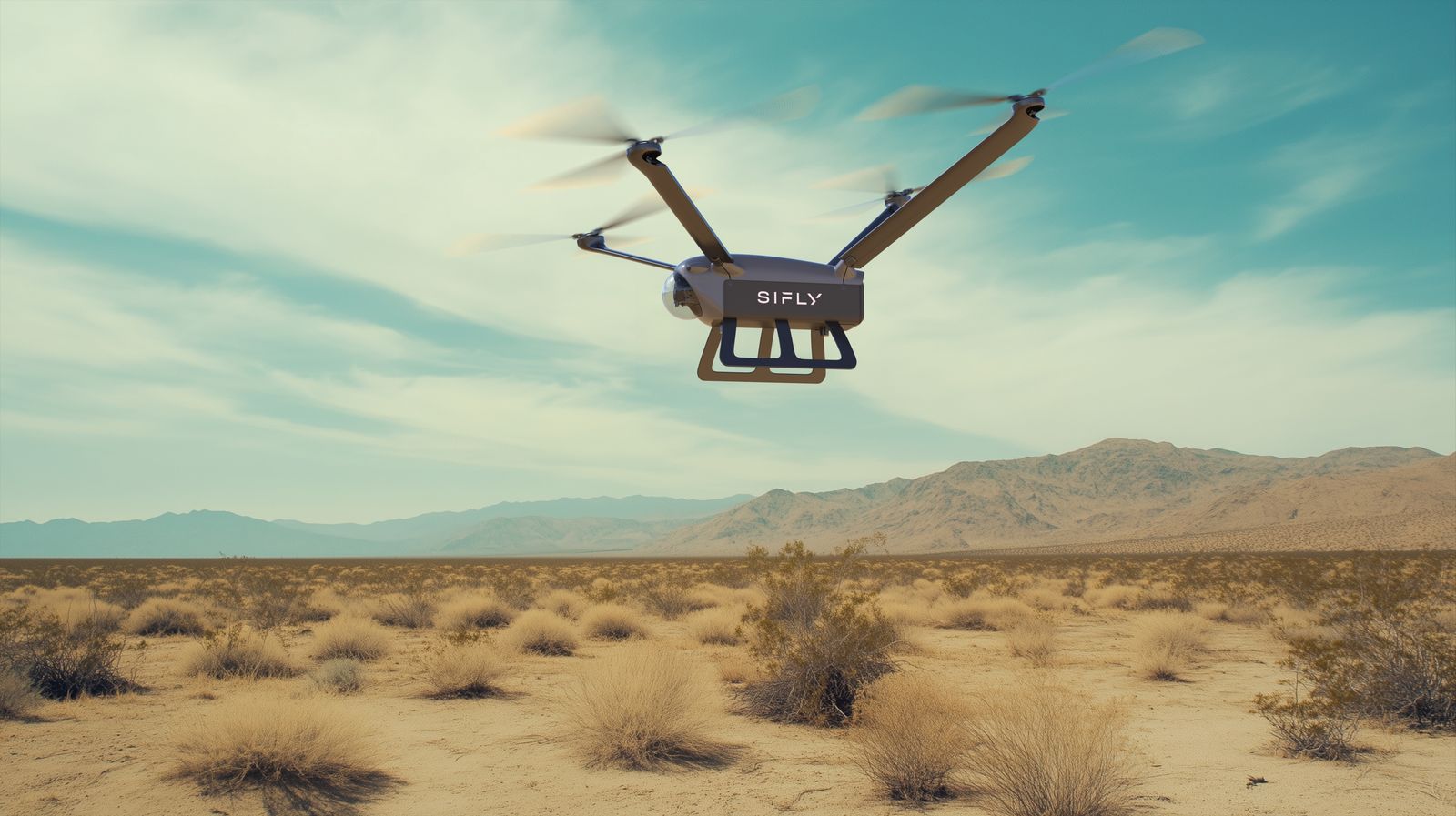

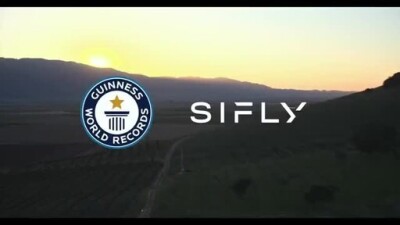
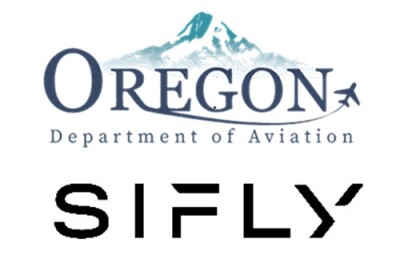

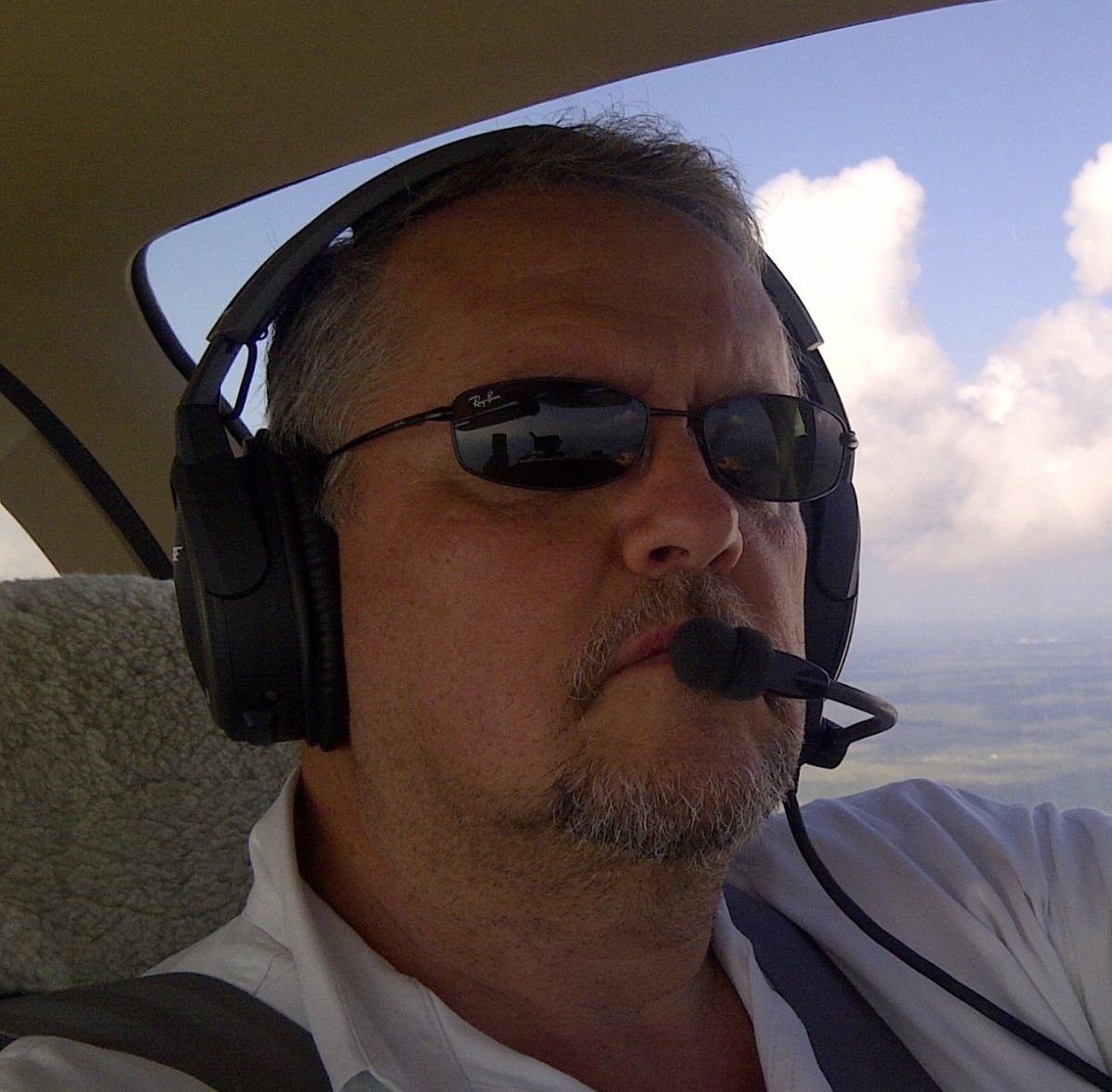




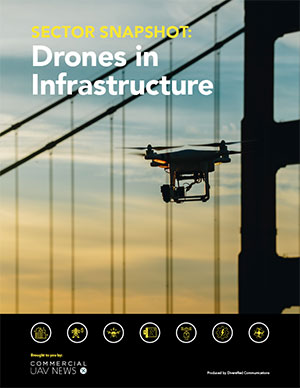
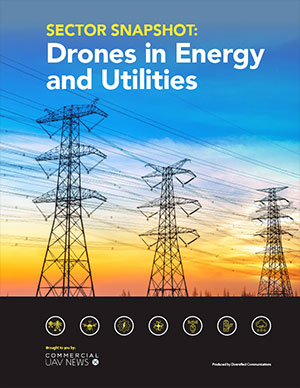
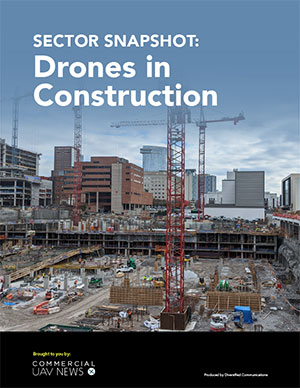
Comments